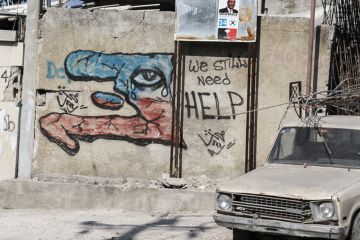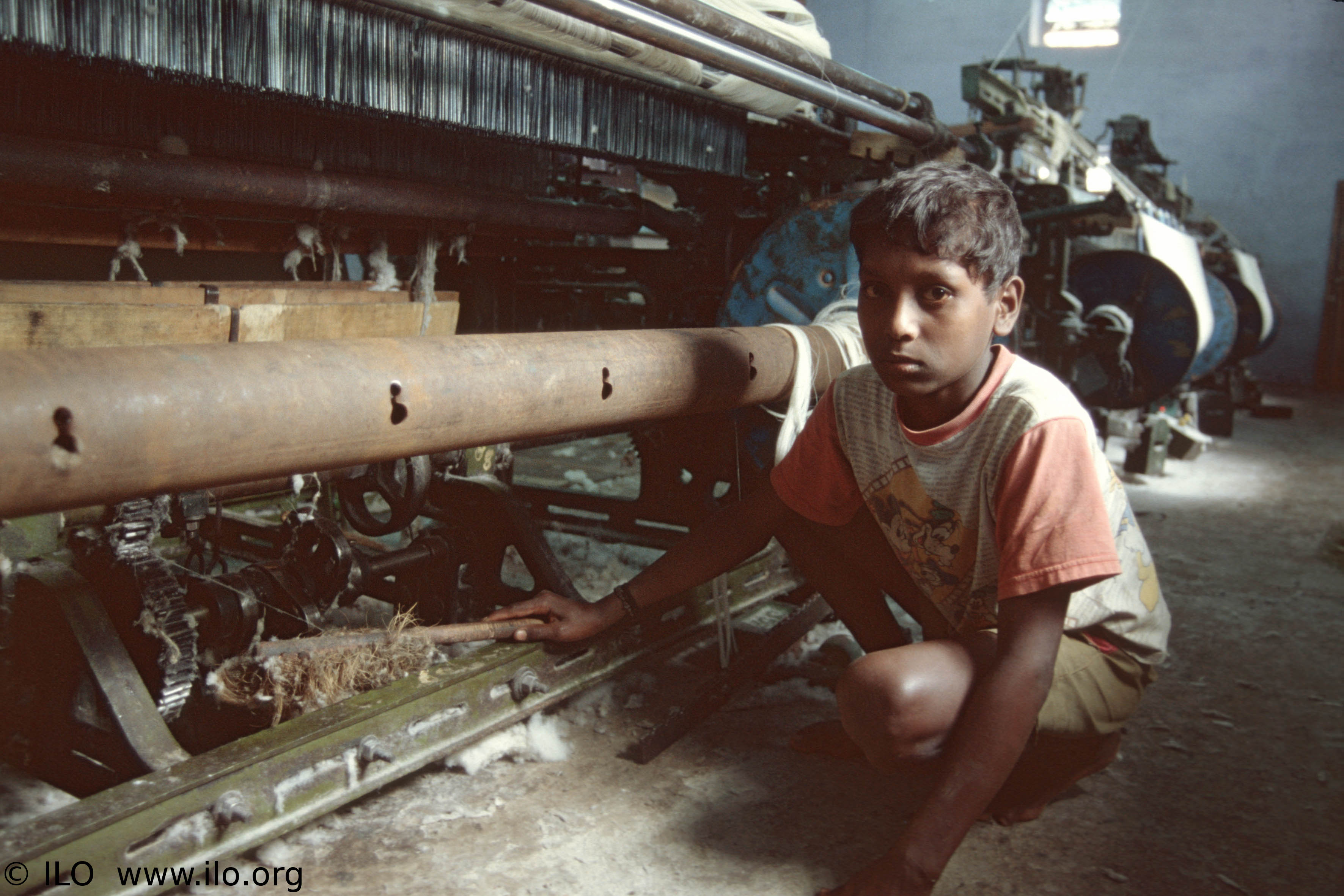Peace talks regarding Colombia’s decades-old civil conflict are expected to conclude next month with an agreement between the Colombian state and rebel groups. While these peace talks are being finalized, Colombia is dealing with various human rights abuses committed by both guerrilla and paramilitary groups.
Since September 2015, 220,000 people have been misplaced or killed due to the civil conflict, most of them internal refugees who have been forced to escape from rural areas. The victims tend to be marginalized groups such as Afro-Colombians and indigenous peoples, and the most affected areas are the poorest regions, which include Chocó and la Guajira. The mass displacement of these communities reflects a failure of the government’s counter-insurgency initiatives in these remote areas.
Last December, the Inter-American Commission on Human Rights urged Colombia to take immediate action against the neglect of the minority groups in these regions. Responding to this pressure, the current administration intends to propose a bilateral ceasefire, which aims to bring a temporary halt to the displacement of these groups. However, given the Revolutionary Armed Forces of Colombia’s association with drugs, it is up to the government to ensure that the results of the finalized peace talks are met with long-term efforts to counter rebel attacks and to protect the displaced victims and their families. As explained by prominent NGO organizer Gabriel Rojas, “You may get a peace agreement today, but in the coming years there could be violence.”
It should be noted that the Colombian state has taken basic steps toward helping its deprived communities. The Internally Displaced Persons (IDP) policy in particular has been a major step toward improving the well-being of many of the victimized groups living in the Chocó and la Guajira regions. The policy, supported by President Santos, emphasizes emergency assistance and social support, and these efforts may help internal refugees find temporary places of residence immediately after attacks. However, the problem remains that these measures are primarily reactive and not proactive solutions to internal displacement.
Furthermore, the most affected areas are rich in resources such as minerals, fertile soil, and waters ideal for fishing. As a result, the people there face increased violence because the movement of drugs, coupled with an increased presence of paramilitary forces that aim to “counter” revolutionary groups, has created a fight to control these resources. The outcome has been the neglect of the victims.
Internally displaced persons cannot apply for legal status as refugees under international law; it is therefore the job of the federal government to ensure that these people receive basic human rights. Given the scale of the displacement and the length of its history, Colombia’s situation can be viewed as one of the major humanitarian tragedies of our time.
One of the often-ignored yet major effects of displacement is the trauma felt by the victims of guerrilla and paramilitary warfare; they face discrimination and stigmatization due to their association with the guerrillas, and they often becoming targets for government-directed counter-insurgency actions, which usually do little to help them. Many of the IDPs are women who go on to become victims of rape and human trafficking, frequently after being held hostage by the army. The victims’ condition is exacerbated by their inability to access healthcare, education, and other forms of assistance that the government is supposed to provide under the IDP policy. NGO organizer Rojas has said of the IDP policy, “they are great laws, but the problem is implementation.”
Rosalba Duran is one of the 5.7 million IDPs who have been displaced, often to less-than-ideal locations. She and her family of eleven were forced to move from their home of 25 years to el Tarra, a village in the northeastern part of Colombia, after their town came under attack by the army. Even though el Tarra is government-issued land, there is no running water, no nearby schooling, and no medical service. The state of such villages demonstrates the government’s lack of focus on the long-term care of its own citizens.
So the question remains: What can the Colombian government do to move toward a long-term solution for these displaced refugees?
The answer may lie in the judicial system and law reform. With the establishment of a new state constitution in 1991, the government placed an emphasis on both human rights and issues concerning the displacement of internal refugees. The last decade has brought about legislation that, in theory, recognizes the rights of victims of guerrilla warfare, among them IDPs. The Justice and Peace Law, passed in 2005, sought to bring former paramilitaries to justice for human rights abuses, and the Victim’s Law of 2011 introduced a new judicial process whereby victims were to receive land compensation and reparations. These laws may mark the start of a new era in which Colombia’s judicial system recognizes the forced nature of migration and the necessity of listening to the victims of armed conflict.
For marginalized groups that have been displaced, the repossession of lost land is crucial. Many of these communities have strong cultural and agrarian ties to the territory they inhabit; they are affected in a very different way than, for instance, urban displaced refugees, who have no such relationship with the land. Getting the Colombian state to ensure long-term territorial reconstruction is thus a priority for these groups, as the preservation of their way of life depends largely on their ability to live on their own land.
Another area requiring the government’s attention is the humanitarian aspect of the armed conflict. Once the peace negotiations conclude, the government’s next step could be to begin the process of providing proper housing, medical attention, and counter-poverty initiatives that focus on helping the IDPs. Although some non-governmental initiatives have sprung up in recent months to help deal with medical issues (from collaborative efforts at the University of Antioquia and Harvard medical schools), the Colombian state has an important role to play in these humanitarian issues. A strengthened state may help prevent future guerrilla and rebel-incited conflicts, and any victims of such conflicts will be more likely to receive basic human rights through the legal process. If further conflict is indeed averted, the government will be able to devote its energies to development in other areas.




